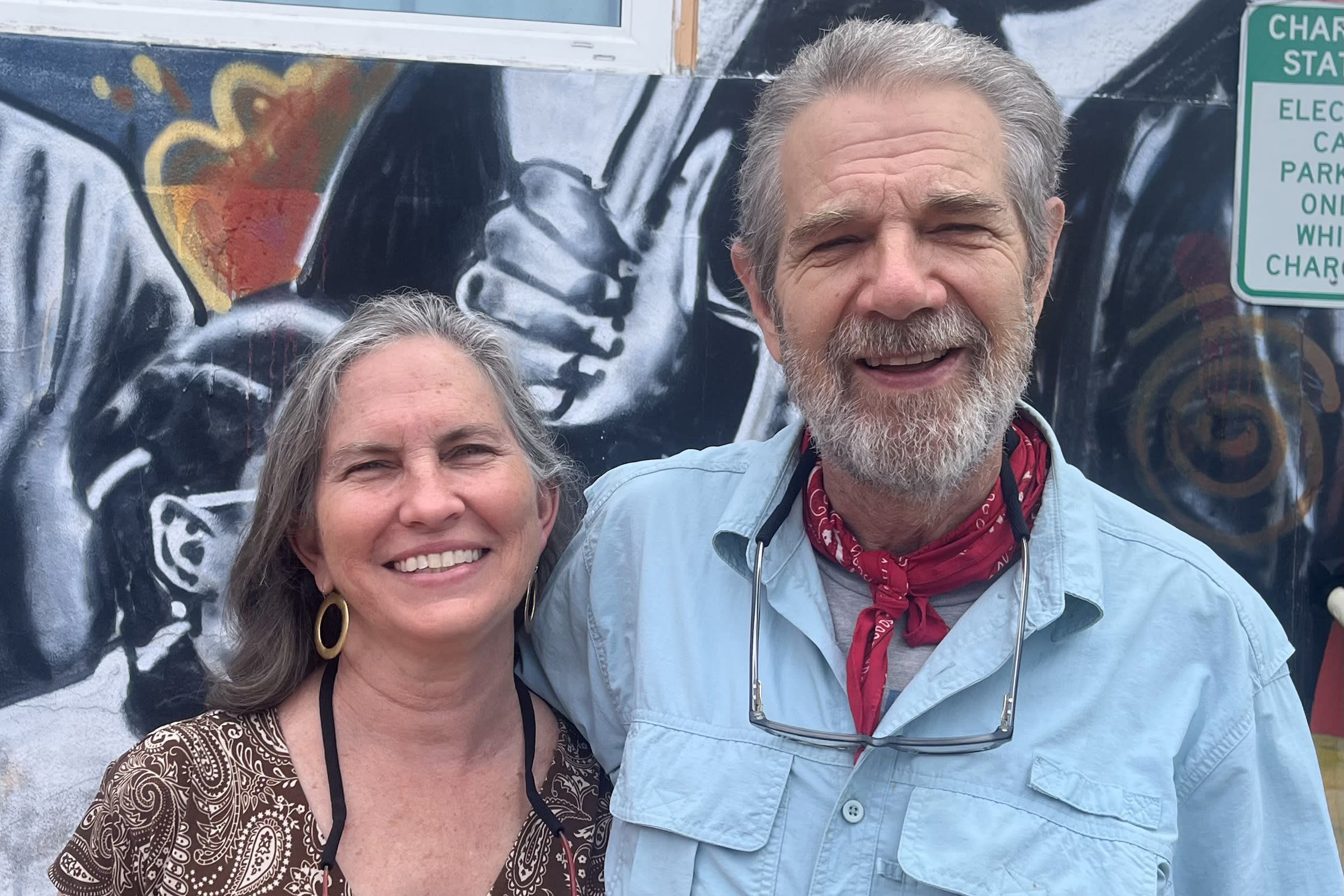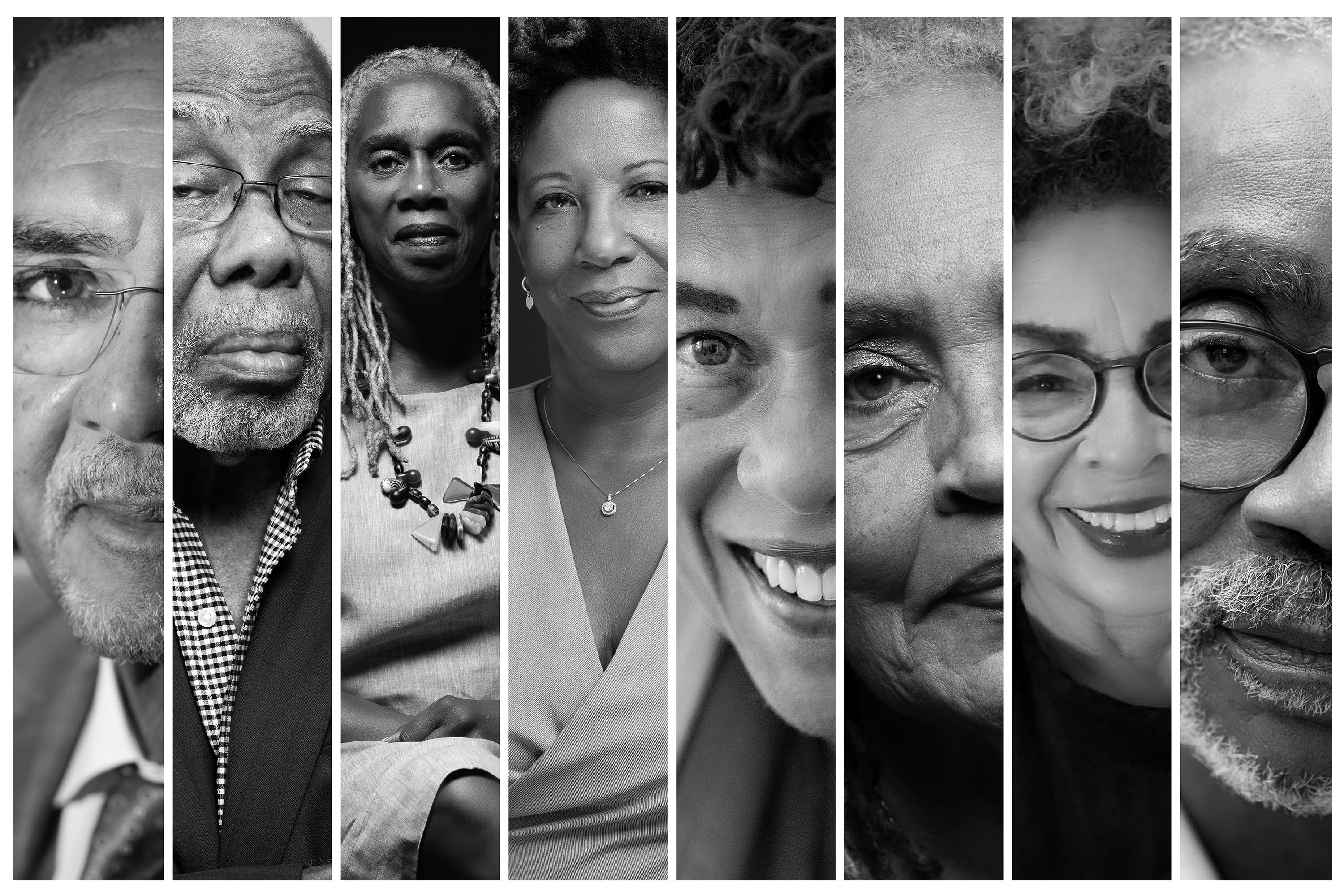A New Plan May Rescue the North Trail's Historic Motels
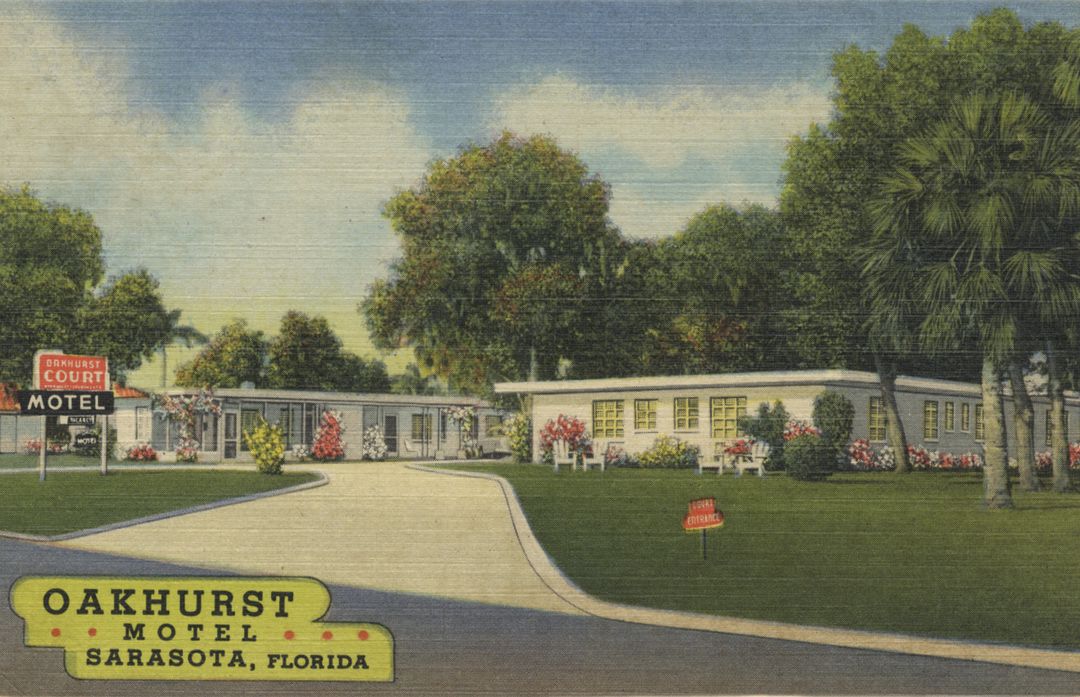
The Oakhurt Motel was among the string of modest vacation motels lining Tamiami Trail in the 1950s and '60s.
Motels in Sarasota are now officially senior citizens. The Sarasota County Historical Commission recently erected a historical plaque marking the spot along the North Trail where, 66 years ago, Sarasota’s first motel was built. The Twin Motel, completed in 1950, was designed in a Florida ranch style with Mediterranean influences by architects Ivo A. DeMinicis and Frank C. Martin, son of well-known Sarasota architect Thomas Reed Martin. Today the building hosts a Chinese takeout restaurant and an art photography studio.
Motels—a combination of the words motor and hotel—began proliferating after World War II when tourists began to stream into Florida. “It was all part of that ‘See the USA in your Chevrolet’ attitude,” says local historian Jeff LaHurd, who’s been commissioned by the Arts and Cultural Alliance of Sarasota County to write a history of the North Trail.
The Twin Motel was the first of a string of small, clean, inexpensive vacation lodgings to line North Tamiami Trail, which, until I-75 opened in the early 1980s, was the only major road from Tampa to Miami. For decades, those motels were the center of tourism in Sarasota and drew loyal guests from all over. “They were mom-and-pop operations, with terrazzo floors and colorfully tiled bathrooms,” says LaHurd. “Many had those vibrating beds—you know, you put a quarter in a machine and the bed shook up and down.”
Barbara Cherry, whose family owned the Best Western Royal Palms Motel for 35 years, fondly remembers the days, back in the 1960s and 1970s, when her 37-unit motel at 1701 N. Tamiami Trail was abuzz with tourists. “There was a joke that somebody had to die to get into the Royal Palms during season, we had so much return business,” says Cherry, who sold the motel in 2003 to developers who razed it and announced plans to build condominiums. Those plans never came to fruition; 13 years later, it’s still an empty lot.
“We had families in the summertime, and in the winter it was couples, mostly from the Midwest,” she says, adding that many guests stayed for up to three months. “We became friends, and they became friends. People would go back up North and get invited to other guests’ kids’ weddings,” she recalls. “There were lots of parties. I still get birthday cards [from past guests].” And one British couple, longtime Royal Palms guests, now stay with Cherry at her own home when they visit Sarasota.
But the golden age of those small North Trail motels is long gone. The Interstate diverted some visitors, and many of the regulars who once stayed there have passed on. Today’s tourists want luxurious lodgings and often prefer to stay on the beach.
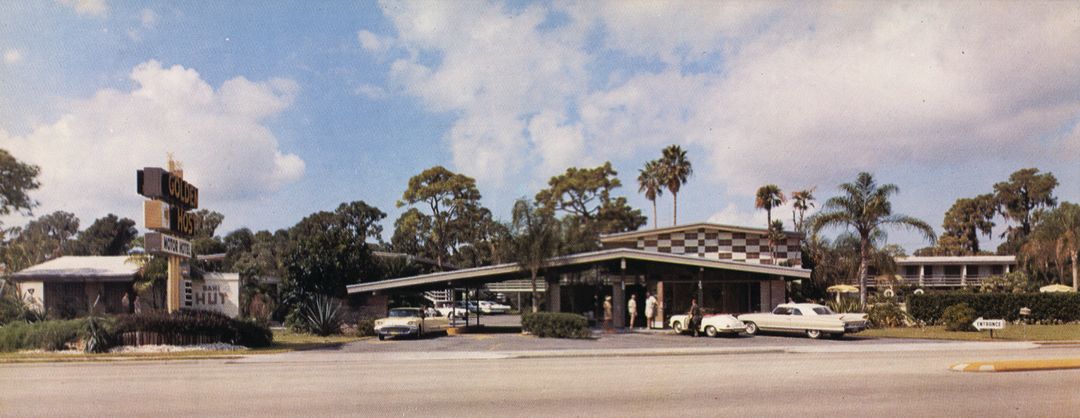
A vintage view of the Golden Host Motor Hotel.
As business declined and the motels grew shabby, some became haunts for prostitutes, drug users and drifters. Despite years of efforts by community leaders to reverse decline along the North Trail, not much progress has been made, and the motels, which represent so much of our history, continue to decline.
Now the Arts and Cultural Alliance, at the urging of Sarasota resident Veronica Morgan, is exploring the idea of working with the Minneapolis-based nonprofit ArtSpace to develop affordable live-work spaces for artists. And they’re looking at the motels along the North Trail as a possible place to create them.
ArtSpace, founded in 1979, has developed some 40 successful live-work spaces around the country, including in New Orleans, Pittsburgh, Memphis and Fort Lauderdale. It works as the active fund-raising partner to create these live-work spaces.
“They remain a partner in perpetuity; that’s how they’re able to control the rents,” says Arts Alliance executive director Jim Shirley. The percentage of local money required is relatively small; most of the cost comes from funding sources like the federal Department of Housing and Urban Development.
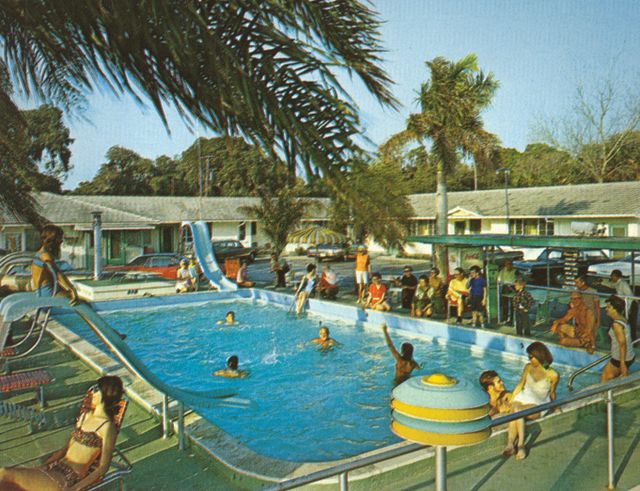
Poolside fun at the Pioneer Hotel.
Artist enclaves make a neighborhood vibrant, says Shirley, attracting visitors, shops and restaurants, increasing the value of real estate there. (Of course, if rents are not controlled in some way, that can end up pricing working artists out of the market, as has happened at downtown’s Towles Court, where a historic bungalow was recently listed for $999,000.)While no final decision has been made, Shirley and others think ArtSpace “would be an ideal piece of the solution to the North Trail.”
The Arts Alliance and Morgan have raised a little over $20,000 (“all from individuals and businesses, really good grassroots support,” Shirley says) of the $42,500 needed for ArtSpace to conduct an in-depth survey of the arts organizations and artists within a 50-mile radius to determine who might participate.
“Working with an existing motel is possible, but not determined,” Shirley says. Government leaders, hoteliers and developers all will have a say.
The concept is in synch with the city’s and county’s goals to develop pockets of affordable housing, Shirley adds. “This could be a project that could help attract a creative class of people who can help grow the economy.” And it could also bring new life to those old motels.
